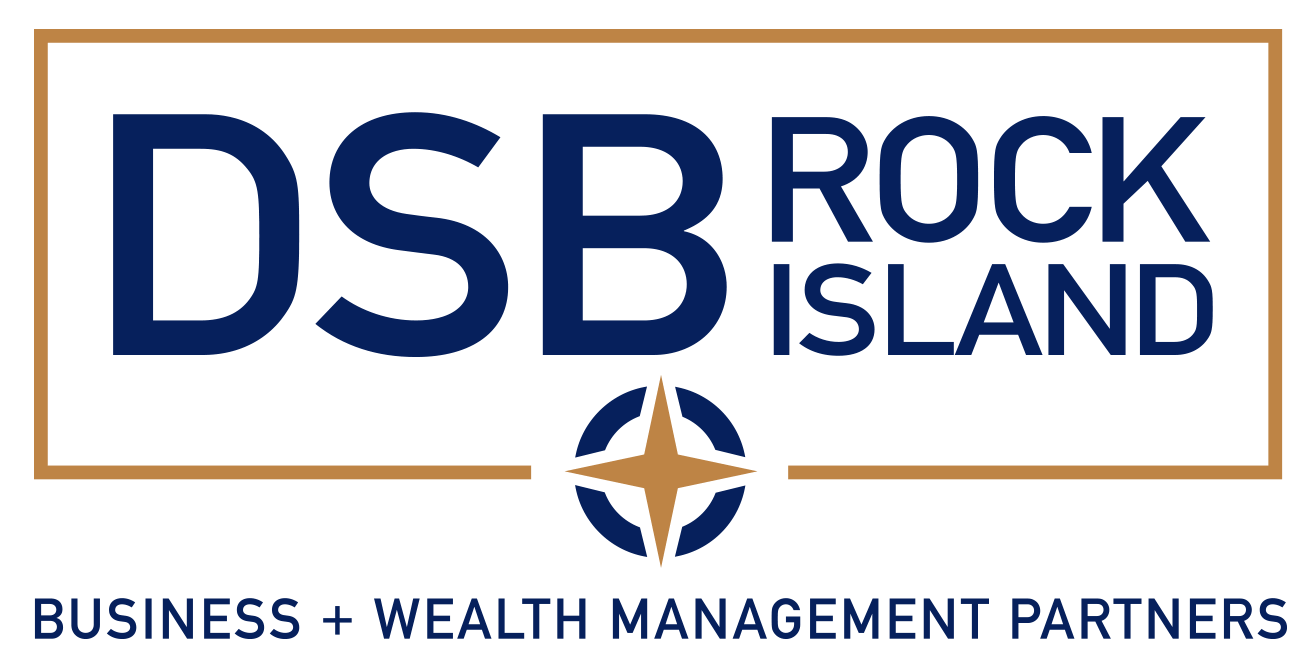Cash Flow Planning for Franchisees: Stop the Roller Coaster
team
February 1, 2024

The importance of cash flow planning for franchisees
Running a franchise business can be an all-consuming endeavor. Not only must you meet the needs of customers, you must also meet the operational, brand, and quality standards established by your franchisor. Depending on your franchise system, you might be supported by a robust team, or you might feel like you’re on your own. Regardless of your situation, it’s important to keep one aspect of your business in focus at all times: your cash flow.
Because your cash is always in flux, knowing your cash flow involves more than knowing what’s in your bank account. It’s important to understand how your cash waxes and wanes, so you can answer questions such as:
- Can I make payroll next week, or do I need to apply for a loan?
- Will I be able to purchase additional franchises?
- Do I have enough cash to hire a new manager?
The good news is, cash flow planning can help. Cash flow planning involves analyzing your income (or customer receipts) and large expenses to determine the appropriate timing for making payments.
Analyze income or receipts
Cash flow planning for franchisees starts with better understanding of what your expected sales receipts will be, which allows you to create cash projections. This can be done by looking at your business’ financial history and comparing it to your current expectations.
Analyze your large expenses.
Think about the large expenses you have each month, such as payroll, rent, royalties, sales tax, and vendor payables. Now, how can you time your payments to avoid putting yourself in a cash crunch? For instance, if you have a loan payment due on the 10th of the month, and you have payroll on the 10th as well, paying both on the same date could put your cash flow in a precarious position.
As a franchise owner, you likely have rent and royalties that are due on the 5th, 10th, and 15th of each month, sales tax due on the 20th, and payroll every other week. What about payments to your vendors? Instead of paying vendor invoices as they show up, consider setting aside two dates each month to pay vendors—dates that don’t conflict with your other payment due dates. Ideally, you should be able to plan out payments for 30, 60, and 90 days.
Proper cash flow preparation prevents poor performance.
If you can plan for how cash flows into and out of your franchise business, you’ll be able to make better decisions about your future.
Without a CPA’s help, accurately measuring cash flow is a time-intensive process, and immediate cash-flow concerns are only the tip of the iceberg when it comes to understanding the health of your finances. A deeper dive involves analyzing what you’re spending your money on, and how prudently and effectively you’re using your income.
In other words, the goal of cash flow planning for franchisees is to help you stop the rollercoaster, so you can better prepare for growth opportunities, reinvest in your business, and ultimately manage stressful situations that distract you from your long-term goals. Let us help you establish a cash flow planning process that makes sense for your operations. Contact me today.











